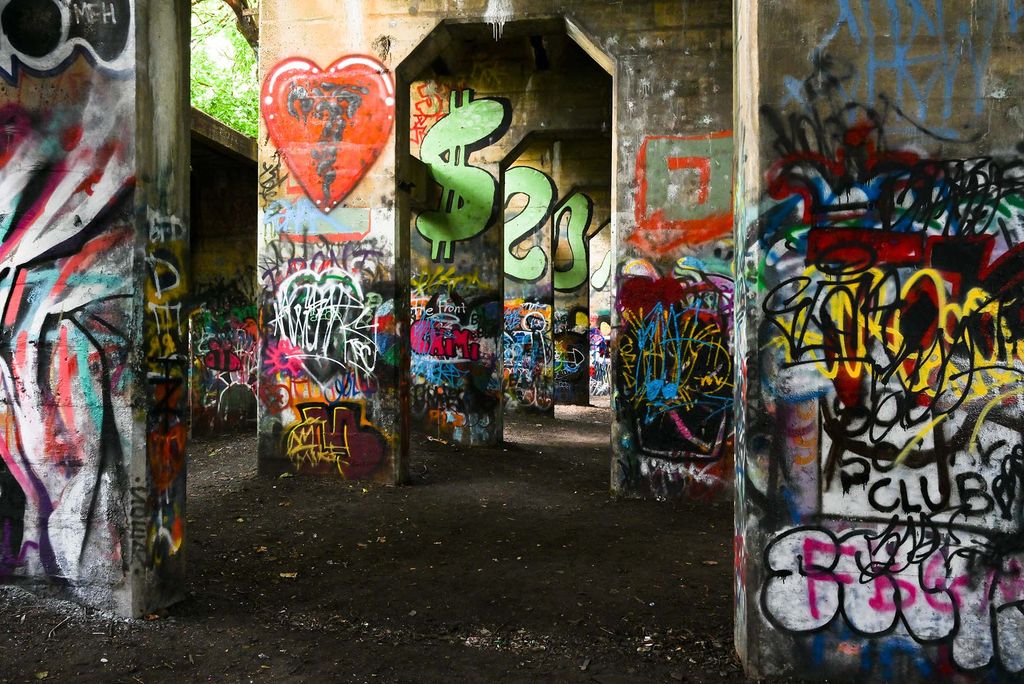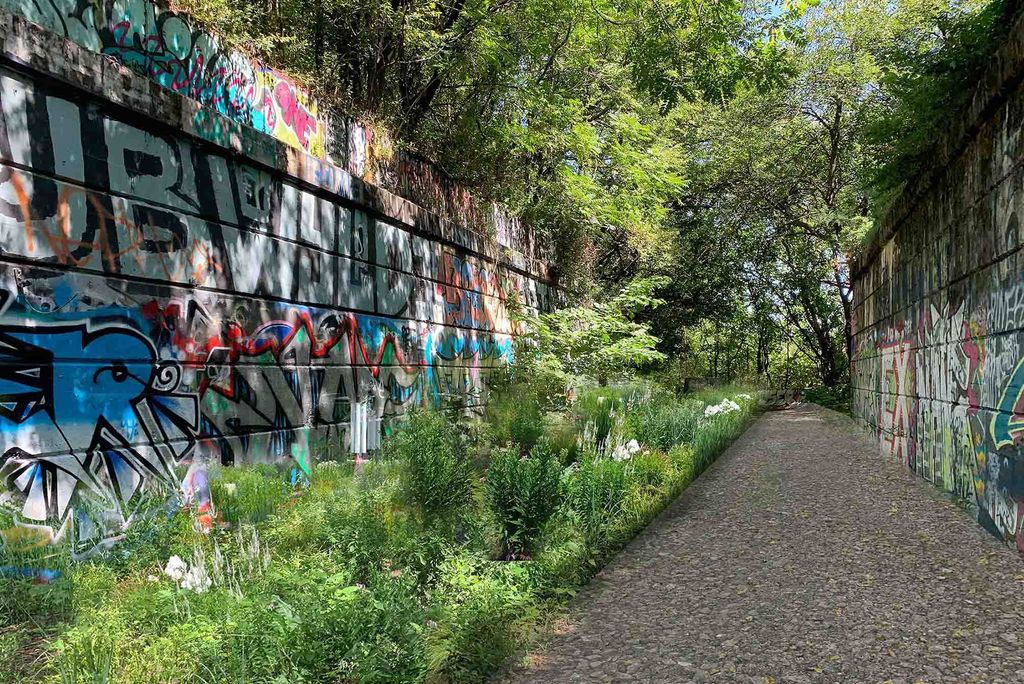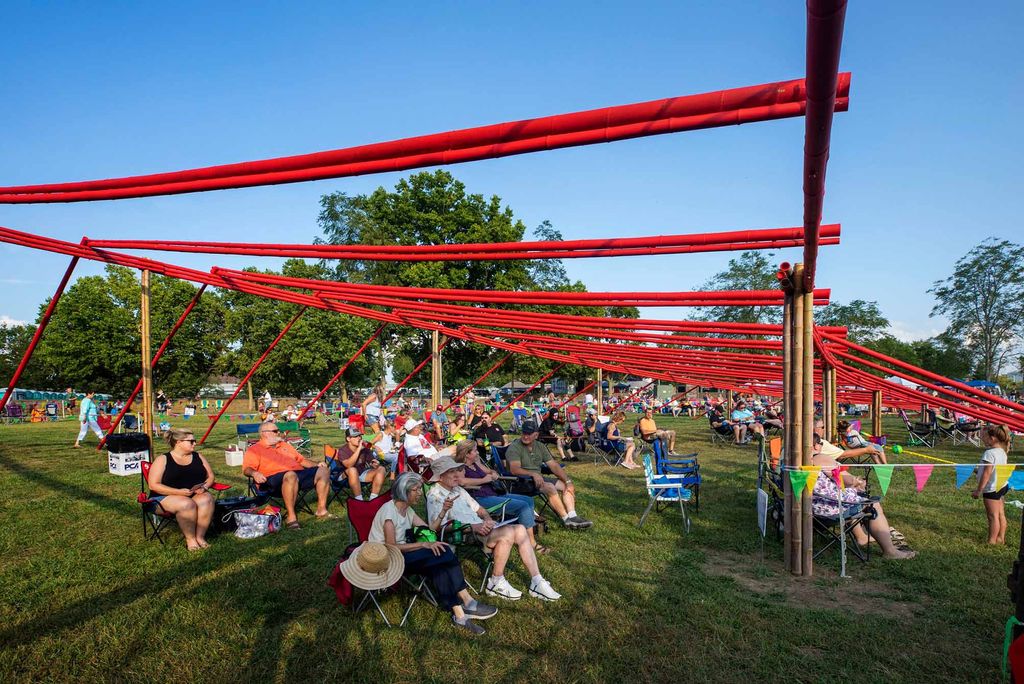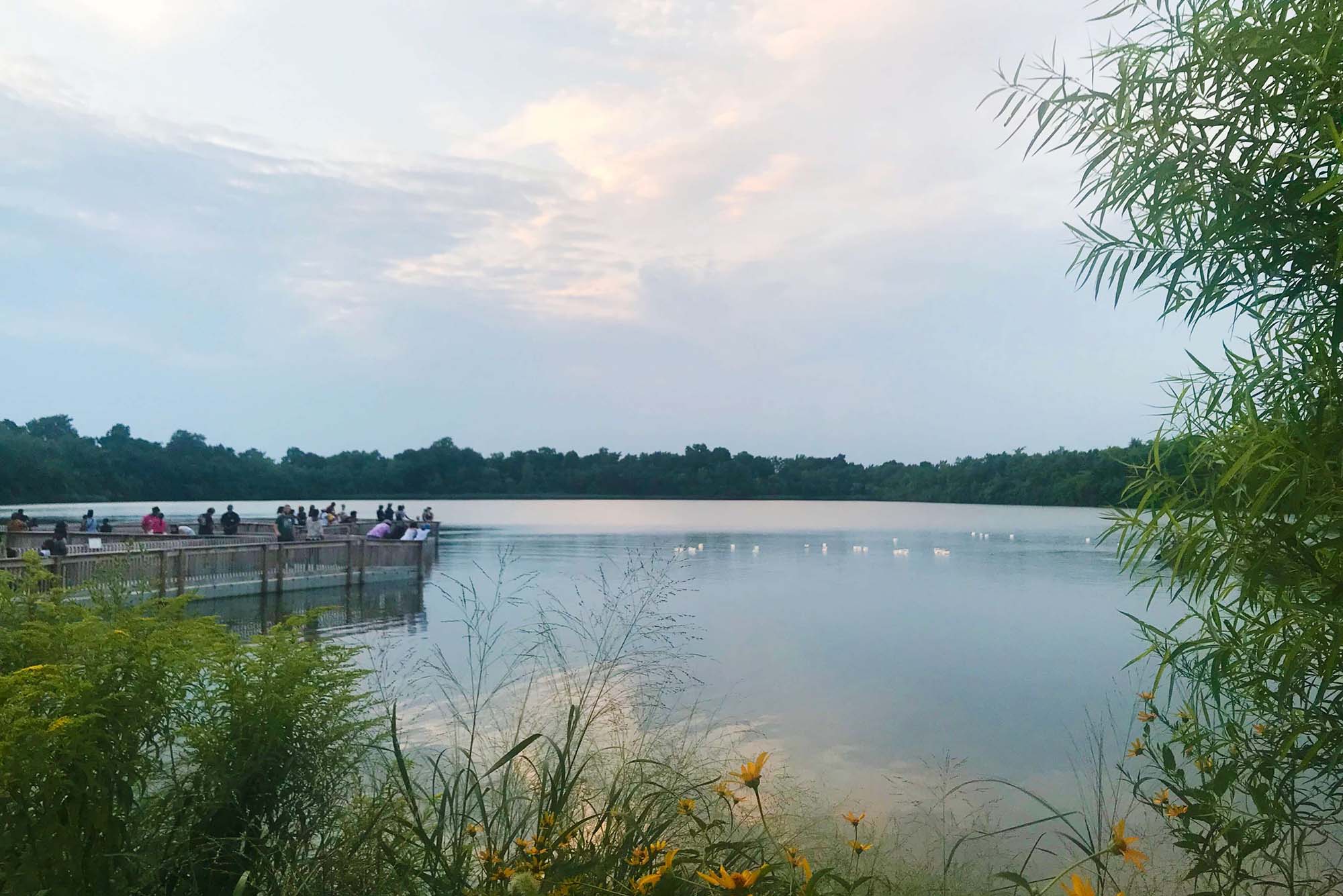Reimagining Public Spaces

Sara Zewde (CAS’08,’10) founded her landscape architecture, urban design, and public art studio in 2018. She manages a team of 15 from her Harlem office. Photo by Gladimir Gelin
Reimagining Public Spaces
Alum Sara Zewde is a landscape architect and a 2024 TIME100 Next honoree who prioritizes history and community in her designs
Before landscape architect Sara Zewde began redesigning the grounds of the Dia Beacon art museum in New York’s Hudson Valley, her studio dug into historical maps and conferred with members of the community—including Indigenous leaders of the Lenape tribe. She quickly learned which of the two approaches was more valuable.
One conversation with Lenape representatives was particularly illuminating. “They stopped us and said, ‘We don’t want to look at another historical map. Go and look at the ground, and you can see the chapters of history,’” says Zewde (CAS’08,’10). “So we went back, and sure enough, there were remnants of bricks in the part of the site that used to be a brickyard. There were remnants of railroad tracks on the berm. It was all there.”
From that conversation, a clear approach developed: the site’s material history would have direct influence on its design. “We ended up developing a material palette for the paths and the seating based on what we found at the site, and we went with a lot of reused materials for the soil and some of the stone,” Zewde says of the campus, which sits on 32 acres on the banks of the Hudson River.


Studio Zewde’s reimagining of Philadelphia’s Graffiti Pier—locally referred to as one of the most Instagrammed spots in the city—sees the site filled with native plants and accessible walkways while maintaining its status as an unofficial art museum. Photo by Joe Piette/Flickr, Rendering courtesy of Studio Zewde
Tribal scholars also told them that well before becoming a brickyard and later a Nabisco box-printing factory, the site had been used by Indigenous travelers for portage, or transporting watercraft and cargo between two bodies of water. “We learned from the Indigenous people we spoke to that the site was where people would cross the Hudson River seasonally, which was really important when it came to sharing technology and communication across lands,” Zewde says. “We’re resurfacing that story in the land.”
They’ve accomplished this by constructing a series of landforms moving from east to west across the Dia grounds. In wetter weather, the space between each landform acts as a collecting basin, which protects the building from flood and serves as a handy demonstration to visitors of how water interacts with the site. The project is expected to wrap up this spring.
Zewde is more than a rising star in her field: she’s focusing on landscape architecture—as an art medium and a vital civic tool—that feels refreshing to industry players and locals alike. In recognition of her vision, particularly the ambitious Dia Beacon redesign, she was named one of the TIME100 Next class of 2024, an accolade that recognizes emerging talent across a global and interdisciplinary breadth. The reimagined Dia Beacon became emblematic of Zewde’s unique vision for landscape architecture: a holistic union of historical narrative, artistic vision, climate resilience, and community participation that “empower[s] new voices to challenge, reinterpret, and rewrite a more inclusive view of history,” according to TIME100.


Studio Zewde’s project at Mill Race Park in Columbus, Ohio, features a public art installation that mirrors the site’s natural landforms, which are beloved by city residents. The red-framed structure, across from the park’s amphitheater, is a community gathering space. Photos by Hadley Fruits
Zewde’s principal philosophy—that the key to understanding a place is through its people—was instilled at an early age. Before moving to car-dominated Houston at age 12, she spent her younger childhood immersed in the vibrant singular culture of Louisiana, “where there are crawfish boils, second lines, and so many rituals and traditions that happen outdoors—be it in the middle of the street or under a freeway.
“These marginal or everyday spaces become home to the most important moments of your life and your community,” she adds. “Being able to value those spaces and to acknowledge them as being vital to people is really central to how I think about public space.”
As a sociology major at the College of Arts & Sciences, Zewde brought that fascination with community behavior with her to Boston. In 2004, the first week of her sophomore year, she watched on a dorm television as her beloved Louisiana was besieged by Hurricane Katrina. “After that, I started to read more about public policy, urban planning, and infrastructure and design,” she says, “and I slowly started to triangulate between the classes that I was taking and the issues that were happening, in real time, on the Gulf Coast where I grew up.”

From there, she earned master’s degrees in urban planning from Massachusetts Institute of Technology and then landscape design from Harvard—“earn[ing] a degree every two T stops”—and found her calling. Today, her Studio Zewde specializes in landscape architecture, urban design, and public art.
“Whereas landscape architecture uses the land as a medium, urban design looks at an entire portion of the city,” she says. “When you think about urban design with a landscape approach, you tend to think about the growth of cities…and how to form urbanism in a way that’s ecologically sound and resilient. [Focusing on public art] suggests that we work at even a smaller scale—in a garden, perhaps—and that installations and activations are a part of the body of our practice.”
The idea for Studio Zewde germinated in 2018, when Zewde was burnt out from her role in another studio, to the point where she had to leave her job for health reasons. Then her life changed with a phone call.
“I had been doing some projects on the side, and one day, a larger client called and thought I had my own firm,” she says. “Meanwhile, I wasn’t even employed. So I just Googled how to start an LLC, and I’ve just been going with it ever since.”

Seven years later, her studio is an outfit of 15 that operates out of a Harlem brownstone. Like Zewde, many of her employees are people of color who bring much-needed diverse perspectives to a historically white, Westernized field. The team is typically engaged in 12 to 15 projects at a time. These include a verdant, walkable redesign of Philadelphia’s Graffiti Pier, a reintroduction of the city’s Strawberry Mansion Reservoir as a public space for the first time since 1972, and a revamp of Mill Race Park in Columbus, Ohio, complete with a large-scale public art installation. To pay due diligence to the three disciplines it encompasses, the studio employs a diverse staff that covers every aspect of the work, including soil science, construction, and historical research.
A great portion of Zewde’s inspiration comes from 19th-century visionary landscape architect Frederick Law Olmsted, the man behind Central Park, Boston’s Emerald Necklace Conservancy, the Niagara Falls Reservation, and many others. His assertion that outdoor space should not be a luxury reserved for private estates kept Zewde company throughout her entire career. She was particularly influenced by Olmsted’s journalistic efforts to document the social and physical landscapes of the Antebellum South—which is the subject of Zewde’s forthcoming book, from Simon & Schuster.
“I see a role for landscape architecture to navigate through the challenges of the 21st century in the same way that Olmsted did in the 19th,” Zewde says. “Franklin Park and Central Park are not just nice places to walk and take a picnic—they are critical parts of the infrastructure of democracy. Olmsted imagines that having spaces where the banker and the baker, as he calls it, can have a normal conversation with one another is the key to the strength of a society. And I think that’s an important lesson for this moment as well.”
Comments & Discussion
Boston University moderates comments to facilitate an informed, substantive, civil conversation. Abusive, profane, self-promotional, misleading, incoherent or off-topic comments will be rejected. Moderators are staffed during regular business hours (EST) and can only accept comments written in English. Statistics or facts must include a citation or a link to the citation.